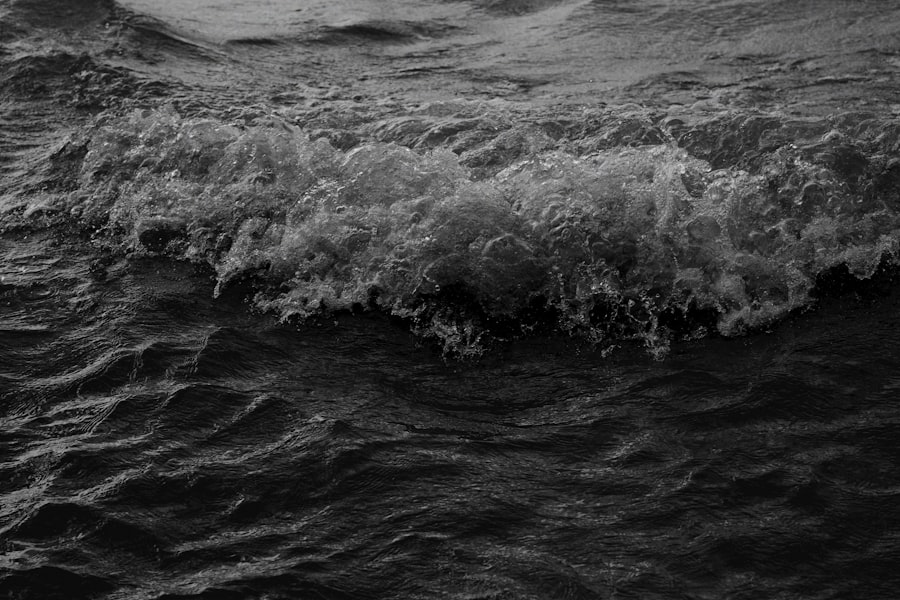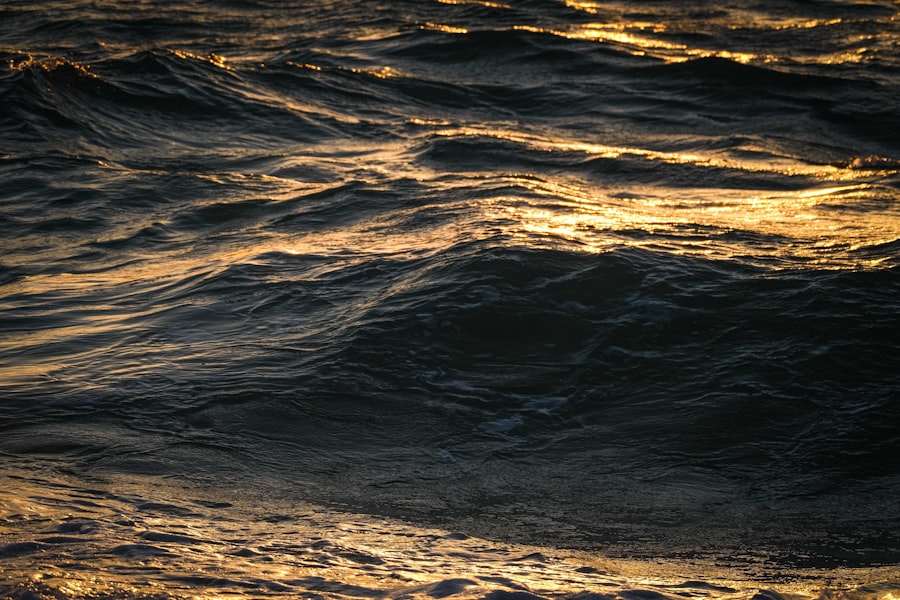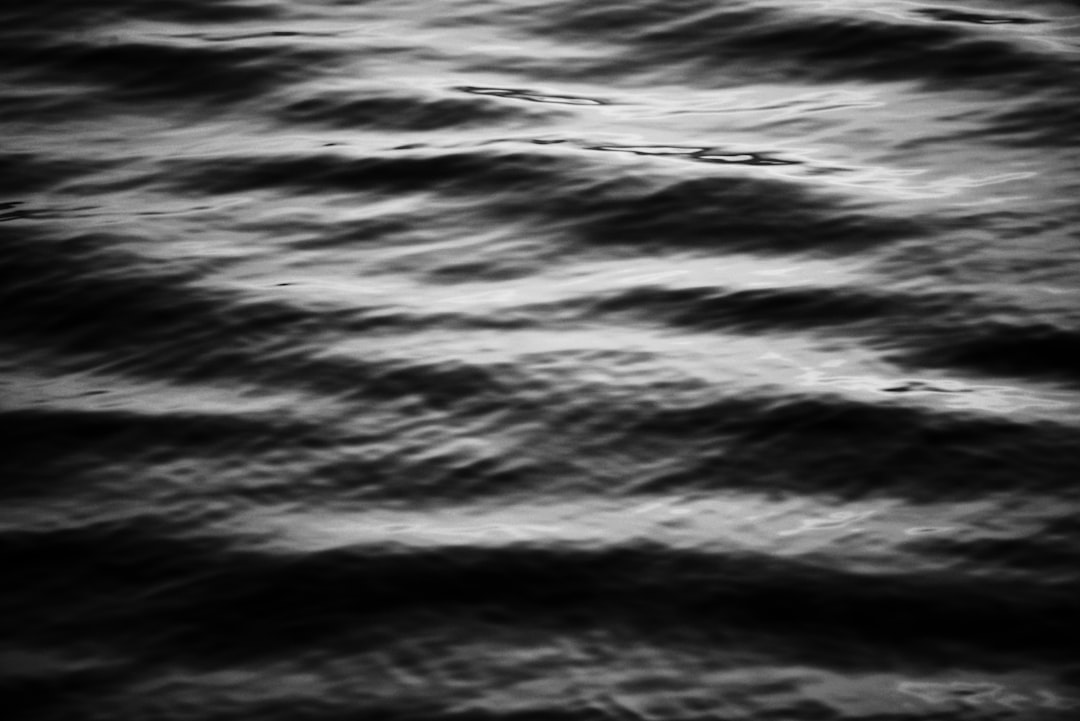The Drake Passage, a body of water that separates South America from Antarctica, is renowned for its tumultuous seas and unpredictable weather. Stretching approximately 600 miles, this passage is often considered one of the most challenging maritime routes in the world. The waters are characterized by their strong currents and high winds, which can create waves that reach staggering heights.
This unique geographical feature is not only significant for its navigational challenges but also for its ecological importance, serving as a critical habitat for various marine species. The passage is named after Sir Francis Drake, the English explorer who was the first to navigate these waters in the late 16th century. The Drake Passage is often described as the point where the Atlantic and Pacific Oceans converge, creating a dynamic environment that is both beautiful and treacherous.
For adventurers and researchers alike, understanding the intricacies of this passage is essential, as it plays a pivotal role in global ocean currents and climate patterns. The rich biodiversity found in these waters, including whales, seals, and a variety of seabirds, adds to the allure of this formidable stretch of ocean.
Key Takeaways
- The Drake Passage is a treacherous stretch of water between South America and Antarctica known for its rough seas and strong winds.
- Preparing for the journey across the Drake Passage involves packing warm clothing, seasickness medication, and securing personal belongings.
- Safety measures on the ship include mandatory safety drills, life jackets, and following the instructions of the crew at all times.
- Navigating the rough waters of the Drake Passage requires experienced and skilled crew members who are familiar with the unpredictable conditions.
- Wildlife spotting in the passage offers the opportunity to see a variety of marine life, including whales, seals, and seabirds.
Preparing for the Journey
Preparation for a journey through the Drake Passage requires careful planning and consideration. Travelers must equip themselves with appropriate gear to withstand the harsh conditions that can arise during the crossing. Layered clothing is essential, as temperatures can fluctuate dramatically.
Waterproof jackets, thermal layers, and sturdy footwear are recommended to ensure comfort and protection against the elements. Additionally, packing essentials such as sunscreen and sunglasses is crucial, as even in cold climates, UV rays can be intense. Beyond physical preparations, mental readiness is equally important.
The Drake Passage is notorious for its rough seas, and travelers should be aware of the potential for seasickness. Familiarizing oneself with the symptoms and remedies can help mitigate discomfort during the journey. Engaging in pre-trip research about the passage’s history and wildlife can also enhance the experience, allowing travelers to appreciate the significance of their adventure fully.
By taking these steps, individuals can embark on their journey with confidence and excitement.
Safety Measures on the Ship

Safety aboard a vessel navigating the Drake Passage is paramount. Modern ships are equipped with advanced technology and safety features designed to withstand the challenges posed by these waters. Crew members undergo rigorous training to handle emergencies, ensuring that passengers are well-informed about safety protocols before setting sail.
Lifeboat drills are typically conducted shortly after departure, allowing travelers to familiarize themselves with evacuation procedures and safety equipment. In addition to crew training, ships are often fitted with stabilizers that help reduce the impact of waves, providing a smoother ride for passengers. Life jackets are readily available, and safety briefings cover essential information about their use.
Furthermore, communication systems onboard allow for constant contact with maritime authorities, ensuring that help is always within reach if needed. By prioritizing safety measures, travelers can focus on enjoying their journey through one of the world’s most breathtaking yet challenging maritime routes.
Navigating the Rough Waters
| Metrics | 2019 | 2020 | 2021 |
|---|---|---|---|
| Revenue | 1,000,000 | 900,000 | 1,200,000 |
| Profit | 200,000 | 150,000 | 250,000 |
| Customer Satisfaction | 85% | 80% | 90% |
Navigating the rough waters of the Drake Passage requires skill and expertise from the ship’s crew. The unpredictable nature of the sea means that conditions can change rapidly, demanding quick decision-making and adaptability. Experienced captains often rely on advanced weather forecasting tools to anticipate changes in wind patterns and wave heights.
This information is crucial for plotting a safe course through the passage while minimizing discomfort for passengers. The experience of crossing the Drake Passage can be exhilarating yet daunting. As the ship encounters swells and waves, passengers may feel a mix of excitement and apprehension.
The crew’s ability to navigate these conditions effectively plays a significant role in ensuring a safe passage. Many travelers find that witnessing the power of nature firsthand adds to the thrill of their journey.
Wildlife Spotting in the Passage
One of the most rewarding aspects of traversing the Drake Passage is the opportunity to observe its diverse wildlife. The waters are teeming with life, attracting various species that thrive in this unique environment. Passengers often have the chance to spot majestic whales breaching the surface, playful seals lounging on ice floes, and an array of seabirds soaring overhead.
The sighting of these creatures can be a highlight of the journey, providing unforgettable memories for travelers. Birdwatching enthusiasts will find particular delight in the variety of seabirds that inhabit the region. Species such as albatrosses and petrels are commonly seen gliding gracefully above the waves.
The chance to witness these magnificent birds in their natural habitat adds an enriching dimension to the experience. Many ships offer guided wildlife spotting sessions led by knowledgeable naturalists who share insights about the behaviors and habitats of these animals, enhancing passengers’ appreciation for the ecosystem they are traversing.
Coping with Seasickness

Seasickness is a common concern for many travelers embarking on a journey through the Drake Passage. The combination of rolling waves and unpredictable weather can lead to discomfort for even seasoned sailors. However, there are several strategies that individuals can employ to cope with seasickness effectively.
One effective method is to choose a cabin located in the middle of the ship, where motion is less pronounced compared to cabins at either end. In addition to cabin selection, travelers can benefit from over-the-counter medications designed to alleviate symptoms of motion sickness. Ginger supplements and acupressure wristbands are also popular remedies that some find helpful.
Staying hydrated and consuming light meals can further mitigate feelings of nausea. Engaging in activities such as spending time on deck or focusing on a fixed point on the horizon can also help individuals manage their discomfort during rough patches.
Capturing the Experience
Documenting a journey through the Drake Passage can be an enriching endeavor for travelers eager to preserve their memories. Photography enthusiasts often find themselves captivated by the stunning landscapes and dynamic seascapes that unfold before them. The interplay of light on water, dramatic cloud formations, and glimpses of wildlife provide ample opportunities for striking photographs.
Travelers are encouraged to bring quality cameras or smartphones equipped with good lenses to capture these moments. In addition to photography, keeping a travel journal can be a meaningful way to reflect on experiences during the crossing. Writing about encounters with wildlife, personal feelings about navigating rough waters, or simply describing breathtaking views can create lasting memories that go beyond visual documentation.
Sharing stories with fellow travelers can also enhance connections made during the journey, fostering camaraderie among those who have braved the Drake Passage together.
The History of the Drake Passage
The history of the Drake Passage is steeped in exploration and adventure. Named after Sir Francis Drake, who sailed through these waters in 1578 during his circumnavigation of the globe, this passage has long been a focal point for maritime exploration. Over centuries, it has served as a vital route for explorers seeking new lands and trade opportunities.
The treacherous conditions posed by its waters have also led to numerous shipwrecks and tales of survival. In more recent history, scientific research has highlighted the ecological significance of the Drake Passage. Studies have revealed its role in global ocean currents and climate regulation, making it an area of interest for researchers studying climate change and marine ecosystems.
As awareness grows regarding environmental issues, efforts have been made to protect this unique region from overfishing and pollution, ensuring that future generations can appreciate its natural beauty.
Alternative Routes and Transportation
While crossing the Drake Passage is a popular choice for those traveling to Antarctica, alternative routes exist for those seeking different experiences or wishing to avoid rough seas altogether. Some travelers opt for flights directly to research stations or cruise ports in Antarctica, bypassing the passage entirely. This option allows individuals to experience Antarctica without enduring potentially uncomfortable conditions at sea.
Additionally, there are various cruise lines that offer itineraries that include stops at other destinations along South America’s coast before heading southward toward Antarctica. These routes may provide smoother sailing conditions while still allowing travelers to experience some of the breathtaking landscapes unique to this region. Each option presents its own set of advantages and challenges, allowing individuals to choose based on their preferences and comfort levels.
Tips for Conquering the Largest Waves
For those determined to conquer the largest waves in the Drake Passage, preparation is key. Understanding wave patterns and weather forecasts can help travelers anticipate rough patches during their journey. It is advisable to stay informed about sea conditions through updates provided by crew members or onboard resources.
Additionally, maintaining a positive mindset can significantly impact one’s experience during turbulent waters. Embracing the adventure rather than resisting it allows travelers to appreciate the thrill of navigating through nature’s challenges. Engaging with fellow passengers during rough patches can foster camaraderie and provide support as everyone shares in this unique experience together.
Making the Most of the Journey
To truly make the most of a journey through the Drake Passage, travelers should embrace every aspect of their adventure—from preparation to reflection upon return home. Engaging with crew members and naturalists onboard can enhance understanding of both maritime navigation and wildlife conservation efforts in this remarkable region. Participating in onboard activities such as lectures or workshops can deepen appreciation for both history and ecology while fostering connections with fellow travelers who share similar interests.
Ultimately, approaching this journey with an open heart and mind will lead to unforgettable memories that last long after returning from this extraordinary maritime adventure through one of nature’s most awe-inspiring passages.
The Drake Passage, known for its tumultuous waters and some of the largest waves encountered by mariners, is a fascinating subject for oceanographers and adventurers alike.
This piece delves into the unique geographical and meteorological conditions that contribute to the formidable waves in the Drake Passage. To learn more, you can read the full article by visiting MyGeoQuest.
WATCH NOW! Drake Passage: Earth’s Deadliest Waters Revealed
FAQs
What is the Drake Passage?
The Drake Passage is the body of water between the southern tip of South America and the northern tip of the Antarctic Peninsula. It is known for its rough seas and challenging sailing conditions.
Why are the waves in the Drake Passage so large?
The Drake Passage is a narrow stretch of water that funnels the strong westerly winds and currents of the Southern Ocean. These winds and currents can create large waves, especially during storms.
How large can the waves in the Drake Passage get?
Waves in the Drake Passage can reach heights of up to 30 meters (98 feet) during extreme weather conditions.
Are there any dangers associated with the large waves in the Drake Passage?
Yes, the large waves in the Drake Passage can pose a significant danger to ships and other vessels. Sailing through the passage requires careful navigation and preparation to ensure safety.
What is the best time to visit the Drake Passage?
The best time to visit the Drake Passage is during the austral summer (November to March) when the weather is relatively milder and the seas are calmer.
